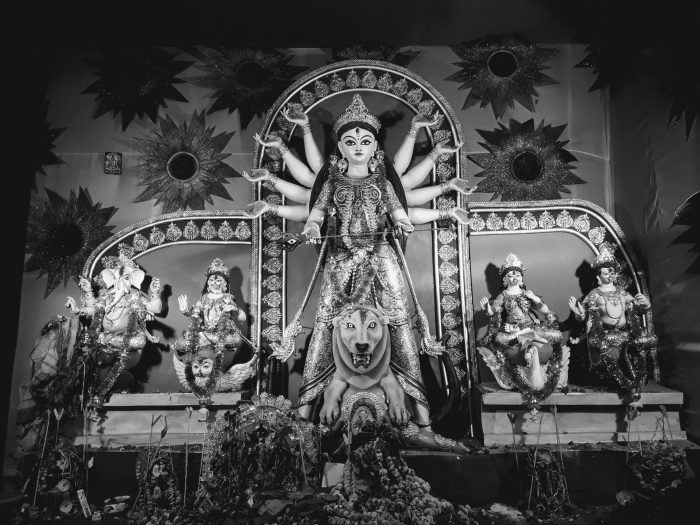Tantra is a science of accessing the spiritual within you. Part of the practice is to balance your masculine and feminine energies. These energies have nothing to do with gender and are simply the two polarities that exist in nature. In tantra, the masculine and feminine are called Shiva and Shakti respectively.
Defining the Divine Feminine/Shakti
The divine feminine or Shakti is a dynamic, creative, and healing force that is beyond the physical. This force is characterized by receptivity, presence, kindness, and self-love. She nurtures and loves without boundaries.
Alternatively, she is also chaotic, emotional, wild, and free. She is fluid and doesn’t like to be contained. Given enough time water always breaks free of its boundaries. Similarly, the feminine also likes to flow free and can rise like a tsunami when angered.
Balancing Shiva and Shakti
In India, the divine feminine has always been revered as the ‘Adi Parashakti’ or the Mother Goddess who has many forms. She is both Durga- the protector of the good- and Kali– the Goddess of death, time, doomsday, and violence.
In both these forms, she is the consort of Shiva and is his Shakti. As Durga, she is nurturing and kind and keeps her husband’s wrath in check. However, like Kali, she is violent, chaotic, and angry, and it is Shiva who has to keep Her in check.
Thus, the masculine and feminine need and balance each other.
You see, Shiva is knowledge and potential energy, and Shakti is the dynamic force necessary to convert this potential energy into a more discernible and useful form. Therefore, it is when Shakti merges with Shiva that life is created, and without Shakti, Shiva is just a ‘shava’, i.e., dead body.
On the other hand, without Shiva, Shakti cannot create anything useful. She ends up being a chaotic and destructive force.
Why Shakti is Important in Tantra
As mentioned before, tantra is a means of balancing the masculine and feminine within you. And Shakti plays an important role in this.
Within your body are seven chakras – Mooladhara (the root chakra), Swadhishtana (below the navel), Manipooraka (the solar plexus chakra), Anahata (the heart chakra), Vishuddhi (the throat chakra), Agya (the third eye chakra) and Sahasrara (the crown chakra).
Of these, the Sahasrara or crown chakra is a representation of Shiva. Meanwhile, at the base of your spine, within the root chakra lays your Kundalini Shakti, coiled up in the form of a snake.
Tantra is the practice of awakening this Kundalini Shakti and raising it to merge with the crown chakra or Shiva to achieve enlightenment.












Read 0 comments and reply